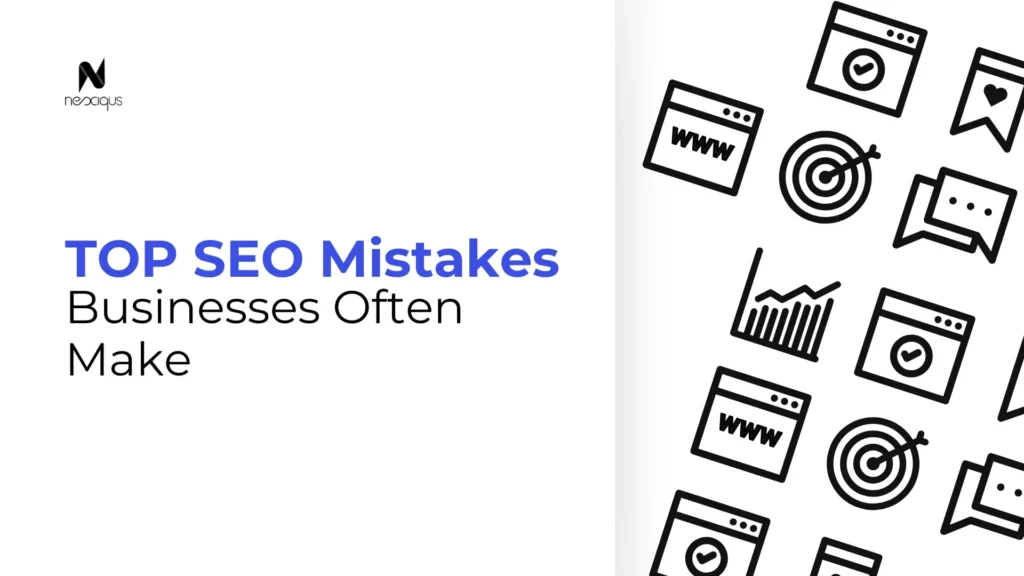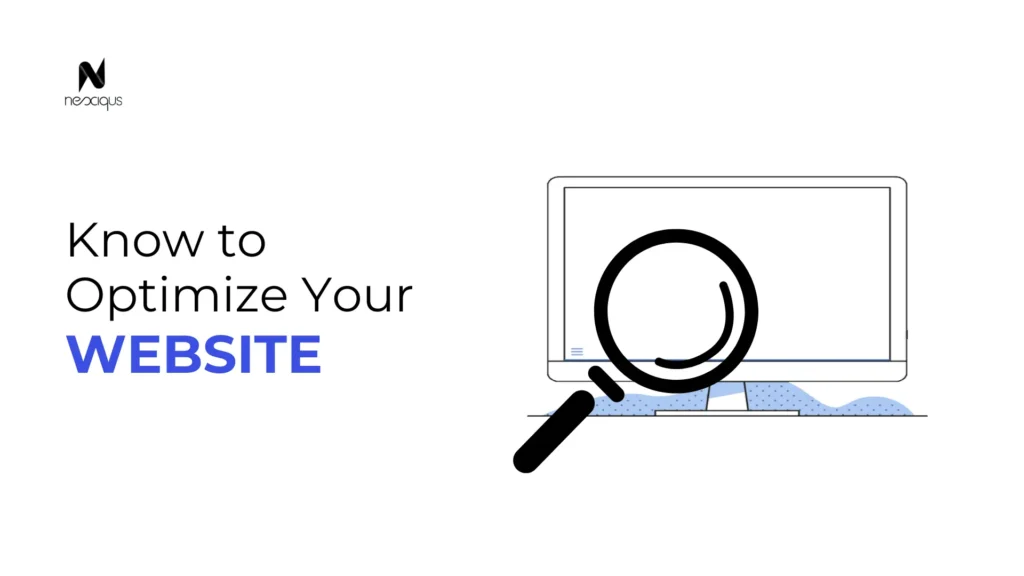Top SEO Mistakes Businesses Make
Have you witnessed a sudden drop in your website’s traffic? This might happen because of some SEO mistakes. But don’t worry, you are not alone! Many businesses face this challenge, and identifying the root cause is the first step toward recovery. There are major concerns that all business owners rely on websites to generate revenue.
It is a good step to initiate an SEO audit of your website and check for on-site issues you can fix. Effective SEO strategies align with users’ search intent and can be customized to the specific needs and objectives of the website and target audience. If you’re using a cPanel hosting provider or a shared hosting server, ensure your website’s performance isn’t affected by slow loading speeds or poor security configurations—both of which can impact SEO rankings.
Here are some easy solutions for the common SEO problems that apply to all types of websites.
Popular SEO Mistakes and Their Solutions
Ignoring Crawl Budget
Website owners, often overlook crawl budgets. Sites with fewer than 500 pages don’t need to worry about crawl budgets. Crawl budgets ensure Google indexes your website’s pages efficiently. E-commerce filters are a common challenge with crawl budgets, as they generate numerous URLs that eat up the budget if not handled correctly.
Solution: Crawl budget optimization requires strategizing which pages should be indexed and which shouldn’t. As your domain authority grows through increased trustworthiness and link-building, Google expands your crawl budget, allowing more pages to be indexed.
Overlooking User Experience
Messy navigation and poor design are common UX pitfalls. These large popups often dominate mobile screens. It prevents users from accessing primary content. It frustrates users and negatively impacts conversions.
Solution: Ensure your popups are too large, and avoid dimming content behind them. Always prioritize the user experience part first.
Neglecting Harmful Backlinks
Unqualified links signal to Google that you are using invalid practices to boost rankings. It leads to a penalty. So, don’t ignore malicious links or harmful backlinks to your websites. Such PBNs (Private Blog Networks) or competitor tactics damage your domain authority and search engine ranking.
Solution: Use Google’s disavow tool to protect your website by informing Google that you would like specific questionable links to be ignored.
H1 Title Not Positioned Above the Fold
A common mistake is placing the H1 title below the fold (visible part of a webpage), especially on mobile devices where large banners or images often dominate the initial screen. Since Google prioritizes above-the-fold content when crawling a page, this can impact visibility.
Solution: Tools like the Rich Results Test highlight the importance of proper H1 placement. While there is some debate within the SEO community about its effect, displaying the H1 title prominently above the fold helps Google quickly understand the page’s topic, potentially boosting its ranking.
Using JavaScript for Content Generation
JavaScript poses significant SEO challenges, especially for SaaS websites. A major concern is Googlebot’s inability to effectively read or interact with content generated through JavaScript. For instance, features like “click to load more” buttons or infinite scrolls may prevent Google from viewing and indexing product links or extra content. It leads to orphaned pages or indexing issues. Additionally, there’s a risk when raw HTML differs from rendered HTML.
Solution: Ensure both versions align in content, meta tags, H1s, and canonical tags to help search engines accurately interpret and rank the website.
Duplicate Meta Title and Description
It is a big mistake to use the same page title and meta description for different page sets. Two pieces of metadata tell search engine bots what a given page is all about. Hence, it is essential to have a unique meta title and description for each page.
Solution: Ensure you have a clear website structure and know which of your essential pages are the most important. Also, know your target keywords (and related keywords) so that you can incorporate them into major pages and their metadata.
Slow Website Speed
High-speed websites attain top positions in search engine rankings. So, ensure your website meets all metrics of GTMetrix or Google PageSpeed Insights to see how quickly it loads. It takes only 3 seconds for users to bounce out of the page if it does not load properly.
Solution: Choose the right web hosting plan and upgrade your shared web hosting account to a dedicated server.
Low Text-HTML Ratio Issue
A low text-to-HTML ratio indicates that the webpage has more code than actual readable text. It is a red flag for search engines. It suggests that excessive HTML code has cluttered the webpage. Thus, it leads to a slower speed and negative user experience.
Solution: Streamline your website’s code, remove irrelevant scripts or redundant elements, and focus on providing valuable, readable content. Regularly reviewing your website’s text-to-HTML ratio helps maintain a clean site structure, enhances loading speed, and boosts SEO performance.
Not Having Mobile-Friendly SEO
Mobile internet is rapidly growing, and you don’t want to lose out on this traffic. Google implemented mobile-first indexing, emphasizing the importance of mobile-optimized websites. Websites that are not mobile responsive are at risk of decreased search visibility.
Solution: Always check whether your website is mobile-friendly with Google’s Mobile-Friendly test. You can also invest in a responsive (and UX) redesign if your website is important to your business.
Lack of a Secure Connection (SSL)
Every website contains sensitive information. Ensure all of your domains hosted have SSL encryption. It secures the data from being stolen and used without explicit authorization. Do all you can to ensure user confidence in your website, and you’ll also gain Google’s trust.
Solution: Install an SSL certificate on your website.
Summing Up
SEO is a powerful tool for driving organic traffic and growing your business, but even small mistakes can hinder your success. By addressing issues like keyword stuffing, poor-quality content, slow website speed, and neglecting mobile optimization, you can improve your rankings and user experience.
Remember, SEO is an ongoing process that requires regular updates, monitoring, and adaptation to industry changes. By focusing on best practices and avoiding common pitfalls, your business can build a strong online presence and achieve long-term growth. Stay informed, be proactive, and always prioritize your audience’s needs—your SEO strategy score will be 100%.



